Refurbishing an Aging Water Structure Keeps Ogden’s Water Flowing
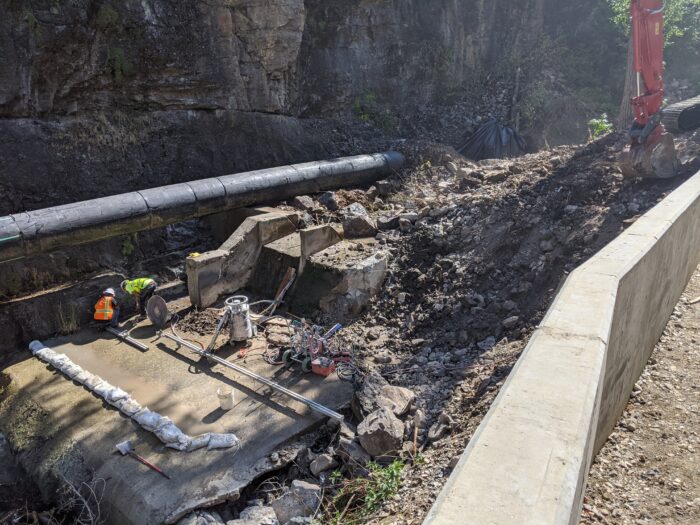 Water managers in Utah are looking for creative solutions to deliver water to their constituents. In addition to water shortages, equipment and facilities are aging, and community growth puts more demand on limited water supplies.
Water managers in Utah are looking for creative solutions to deliver water to their constituents. In addition to water shortages, equipment and facilities are aging, and community growth puts more demand on limited water supplies.
For Ogden City, restoring the Wheeler Creek diversion structure to its maximum effectiveness was a lifesaver when the City needed to supplement its water supply. Rehabilitating the complex carried Ogden City through the last two years of low-water winters.
Officials in the City knew they needed a drought resiliency plan in place. One of their main water sources is the Pineview Reservoir, with the degree of run-off variability impacting lake levels. The City uses groundwater wells and treated water from Pineview to meet drinking water needs. Realizing the vulnerability of their Pineview source, the City looked to shore up other sources, such as Wheeler Creek, which also provides raw water to the treatment plant.
The Wheeler Creek diversion dam was badly in need of repair. This historic structure dates from 1914, with minimal changes since the original construction.
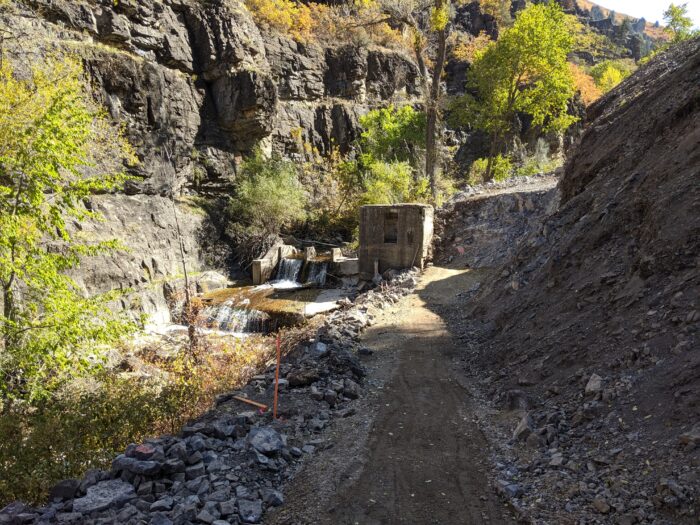
Original Wheeler Creek Structure
mproving Access to the Site
The Wheeler Creek structure is located in a narrow gap in the canyon, and getting to the site was problematic. The canyon walls are made up of loose, crumbling talus, which is difficult to walk on. Building the historic structure was challenging enough: the team had to create a special chute to allow the concrete to move from the top of the canyon down to the work site and then move it with a wheelbarrow. Better access for construction materials and infrastructure was needed this time around.
CRS engineered a small road into the slope of the canyon with a substantial foundation so large equipment could get to the site for construction and allow access for utilities. A new conduit runs electric and fiber optic cables along the road to the site, enabling remote viewing of the diversion structure and improving security.
Details of the Rebuild
The structure was in inferior condition and could not pass water through it efficiently. Water had been going around the intake and under the dam, undermining the structure’s integrity. The collection pipe was experiencing significant leaks. Most of the complex was ripped out, except for the apron. To avoid undermining the apron, it was pressure grouted with concrete forced through holes.
In addition, CRS designed a new dam wall and an ogee crest weir. A cured-in-place pipe was installed to eliminate leaks and stabilize the pipe that runs in a precarious location at the toe of the slope.
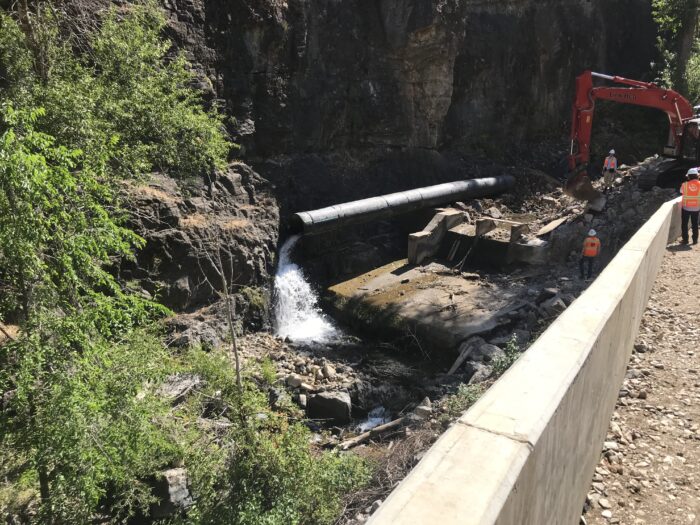
Pipe diverting Wheeler Creek during construction
Moving Forward Despite Challenges
This section of Wheeler Creek is in an environmentally sensitive area due to a special fish population, cliff wall moss, and loose talus along the wall. Construction required special considerations of these limitations.
With the structure in place for so long and blocking the stream flow in recent years, fish upstream had evolved to be a different species than the fish below, and it was not simple to combine the two groups once the stream was free to flow. In addition, the moss growing on the cliff wall along the road was an endangered moss species. The nesting season for migratory birds in the canyon and the onset of cold weather limited construction to only September through November of each year. The structure and road were on US Forest Service land with its own restrictions the project had to meet.
The dam was a historic structure, so special consideration was needed in the design to remove and replace it. The original look of the structure needed to be preserved.
Despite these challenges, the project moved forward. Modern construction techniques and a new design improved the diversion’s efficiency and made it into a reliable water source for Ogden City.
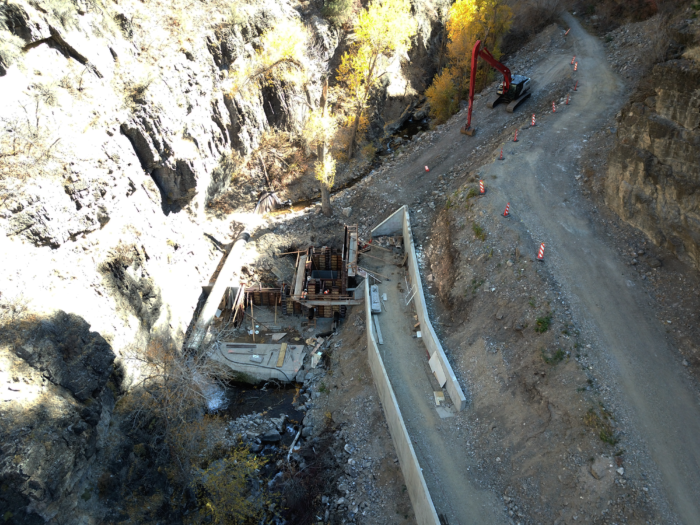
Overview of diversion structure during construction
Aging infrastructure can challenge communities to make maximum use of their facilities, especially when water is in shorter supply. For Ogden, a cost-effective solution allowed the city to improve its efficiency and accommodate seasonal shifts in flow with minimum disruption to the present system. While equipment replacement is possible, rehabilitation can add essential capacity to the water supply with less cost and disruption.
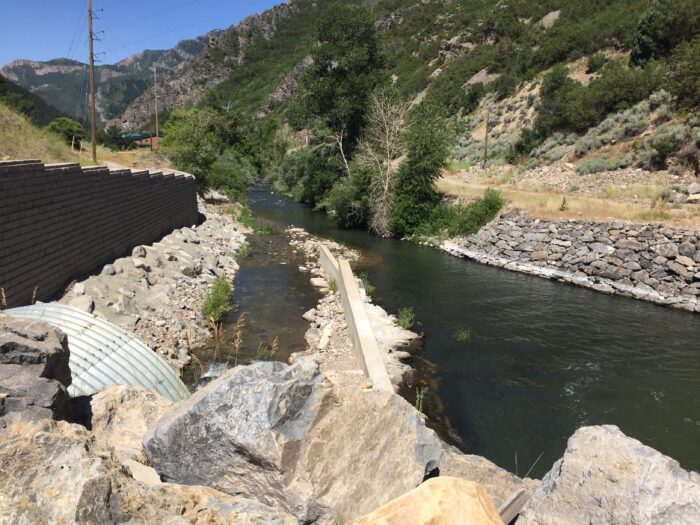
Final structure looking downstream with creek back to its natural course
For more information, contact Mark Chandler at mark.chandler@crsengineers.com

